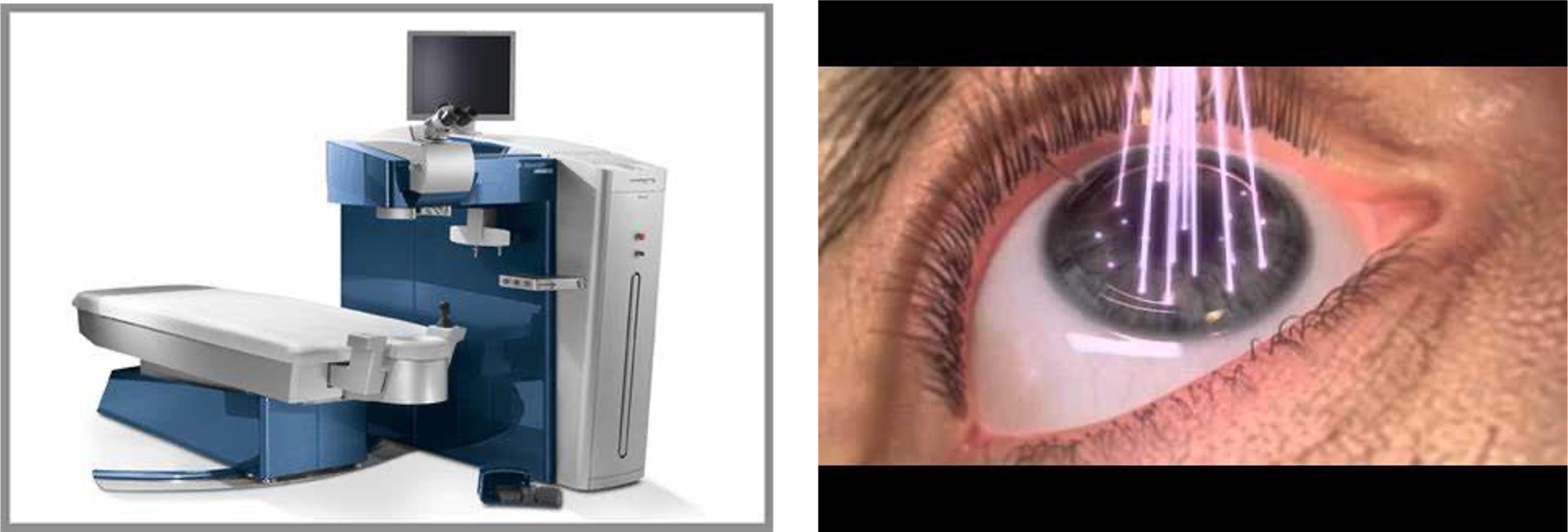Because No Eye Is Perfect
Discover Clearly Better Vision with Wavefront Technology LASIK surgery has come a long way since the first LASIK procedure was performed in the early...
1 min read
 The Rochester Eye & Laser Team
:
Jan 14, 2025 11:45:00 AM
The Rochester Eye & Laser Team
:
Jan 14, 2025 11:45:00 AM

Ready to see clearly better? Let's delve into the newest developments in LASIK technology. You may have encountered details about both bladed and bladeless LASIK. At Rochester Eye and Laser Center, we are dedicated to offering you the most cutting-edge and tailored care.
Let’s explore the latest advancements in LASIK technology. You’ve likely come across information about bladed and bladeless LASIK. At Rochester Eye and Laser Center, we’re committed to providing you with the most advanced and personalized care.
The primary distinction between bladed and bladeless LASIK lies in the instrument used to form a flap in the cornea.
A microkeratome, a tiny, oscillating blade, is employed to form a hinged flap in the cornea. The surgeon then raises this flap to reshape the cornea using an excimer laser.
This technique was commonly employed when LASIK was initially introduced, and some practices still utilize the bladed method today.
Although Dr. Lindahl does not perform bladed or microkeratome-based LASIK, it is crucial for you to be informed about both methods as you explore your options. Here are some key points about flaps created with a microkeratome:
There isn't a definitive answer to which procedure you should choose. The ideal choice for you depends on several factors, such as your corneal thickness, eye shape, specific vision requirements, and the practice you select. Our skilled team will evaluate your personal situation and suggest the most appropriate procedure.
Overall, both methods are effective. However, with the advancements in LASIK technology, which have enhanced safety and convenience for patients, Bladeless technology is being increasingly adopted across practices.
Book a FREE LASIK Consultation today to explore your options and achieve the best possible vision. Our thorough eye exam will help us identify the optimal approach for your individual needs.
Interested in learning more about LASIK? Come to our Free Virtual LASIK Seminar on January 20th. Click below to learn more and register.

Discover Clearly Better Vision with Wavefront Technology LASIK surgery has come a long way since the first LASIK procedure was performed in the early...

If you’re considering laser eye surgery, you may not realize that there is more than one option to improve your vision. Sometimes LASIK is used as a...

1 min read
LASIK, also known as laser-assisted in situ keratomileusis, is a very popular vision corrective surgery that permanently changes the shape of the...